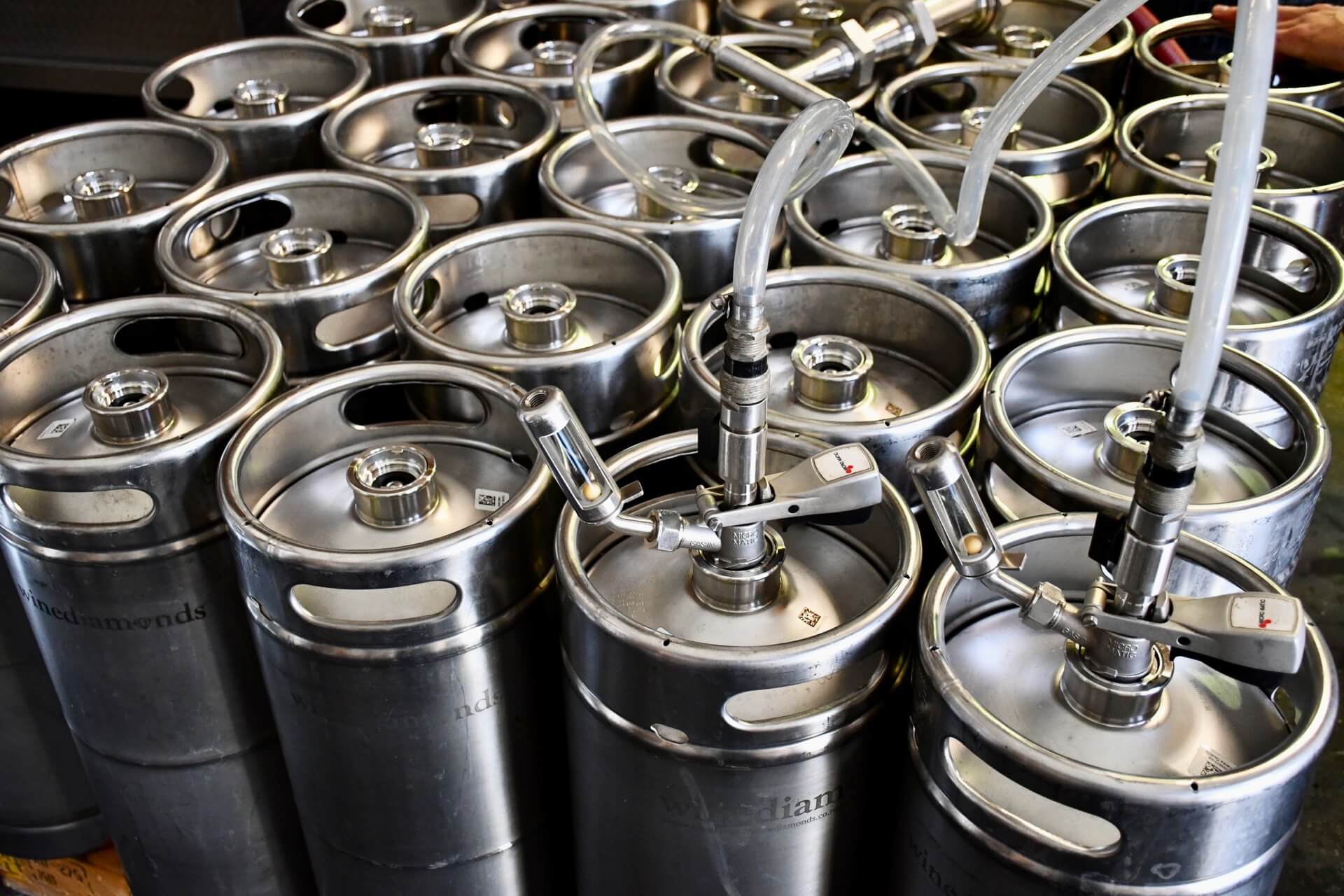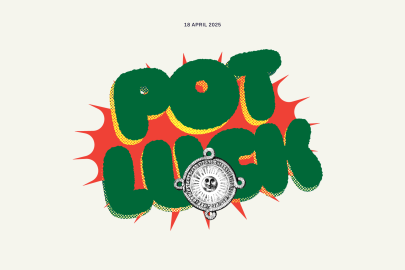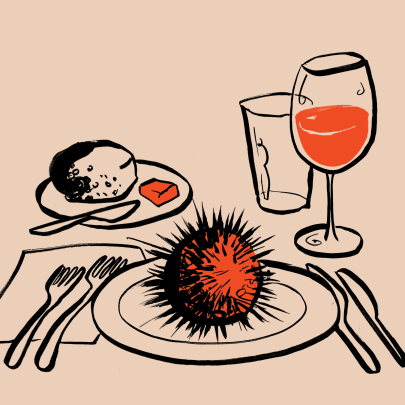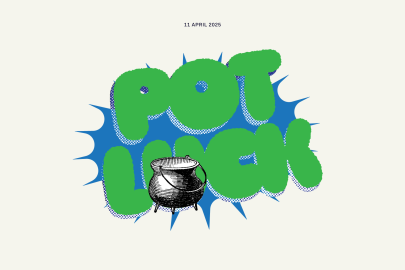Jun 20, 2022 Drinks
If you think about it, the way wine barrels are used today is something of an anomaly. We’ve all seen pictures of the inside of a winery, or visited one, looked at the serried ranks of oak barrels and had someone, rarely prompted, give us the percentage of new oak in a given wine. But, if we zoom out a little, it’s all gone a bit … wrong.
A barrel is — or, for several millennia until the mid-20th century, was — a transport device. Sure, barrels might sometimes pause for a bit on a quayside, in a wine merchant’s storage space, even in a winery prior to despatch, but they weren’t ever meant to simply sit there, immobile at source. Putting freshly fermented wine into barrels to age is a bit like cooking up a batch of chutney and putting it in Tupperware instead of glass jars. Tupperware was designed for transport and short-term storage, not conditioning. If anything, kegged wine is the modern version of wine in barrels being shipped around the place.
That doesn’t mean I don’t love barrels — I do. But their utility has been completely altered in a very short space of time. Winemakers today view the barrel as an immobile storage vessel, a means to impart toasty flavours or to gently introduce a little oxygen into the wine. It’s a finishing tool. Wines are stored there and then removed, blended and bottled, and the barrels are washed, ready to hold the next season’s wine.
But it didn’t used to be like that. They still have seasonal boat races down the Douro River in Portugal, each boat decked in the livery of a specific port-wine production house, commemorating the time when they did it for real, with boats laden with that season’s barrels of wine. There are photographs from the First World War of hundreds of barrels of wine lined up, outside, awaiting distribution (or perhaps a return to sender). The tapered form of a barrel, while making it stronger and less prone to leaking, also means it will never stray if you roll it along a pair of rails. Useful, if you’re transferring it from quayside to boat and vice versa.
You can still find the odd bottle from the 19th century in an auction catalogue with the château name alongside the words “bottled by Avery’s” or some other wine merchant. So when I walk into somewhere like Everyday Wine in Wellington and see swing-top glass bottles and wines on tap, that’s what I’m reminded of. I see wines on tap from kegs and I think of how barrels used to be. I’m nostalgic for a time I never knew.
That’s not something I’d have said 10 years ago, I admit. But the wine world has evolved, often despite itself, and not through a nostalgia for the maritime transport of barrels. Idealism and practicality have converged on kegs.
Kegs are considerably more hygienic than barrels, they save on transport costs and drastically reduce carbon footprints. They’re good for the environment, as you probably know.
“The main appeal of kegs from a retail perspective is the environmentally friendly side of things and we can offer quality wine at affordable prices,” says Ashleigh Barrowman from Everyday Wine. Kegs also cut out the costs of bottle and label and cork. “From a restaurant perspective, there’s no wastage. There’s no need to dispose of half-opened bottles of wine used for glass pours that are left over at the end of the weekend.”
This is echoed by Alex Davies of Christchurch restaurant Gatherings. “I saw them in the Sherwood [in Queenstown], and heard about the option of them through friends in wine bars overseas. The notion of zero waste when it comes to wine bottles was appealing,” he says.
On an even smaller scale than glass pours, wine on tap allows people to try a little before they commit to buying a glass or filling up a reusable bottle. It’s this level of convenience and all-round appeal that has seen Everyday Wine go from two, to four, to eight taps in the space of two years.
Even from a producer’s perspective kegs are a boon. And this is where I, as half of winery Halcyon Days, come in. I was hugely sceptical of them at first — I’m something of a Henry Ford when it comes to putting wines in bottles: you can have any container you like as long as it’s a 750ml bottle — but the moment I filled our first keg, I was a convert. Environmentally it’s excellent, as well as being a model of a circular economy.
Kegs remind me of Gordon’s Wine Bar in London. Dubbed “London’s worst-kept secret” by one publication, it’s an institution. The steps to the bar drop down from the pavement on Villiers St (next to Charing Cross in the centre of town), bringing you into a dark world of worn walls covered in a mayhem of frames: newspaper clippings from the 1950s, pictures of Winston Churchill, the Queen, the proprietor. There are dusty bottles of champagne opened decades ago sitting on a ledge. Past the bar, the low stone and brick vaulted ceilings run with condensation when the bar gets full. The furniture is mismatched. Gordon’s is more than 100 years old and it plays on it.
Behind the bar are barrels of sherry. They’ve even got proper little taps. You can order a Scotch egg and a slice of Stilton with a schooner of amontillado and watch the guy behind the bar pour it from the barrel. The thing is, I’m sure the barrels don’t have any wine in them. I suspect, given hygiene laws, there’s a clever tap system running through the barrels to a keg behind (ironically, some kegged wine might have seen the inside of a barrel at some point). But that’s what I think of when I think of kegged wines: how we used to do things 100 years ago. It’s rarely an angle that’s going to convert people to your cause but sometimes, with a little modernisation, old ways can sometimes be better for the planet and not just empty nostalgia.
–
Pictured: Taps at Everyday Wine and Wine Diamonds Kegs, photos by Josh Harvey, Ashleigh Barrowman and Daniel Gillett
This feature was published in Metro 434
Available here in print and pdf.






